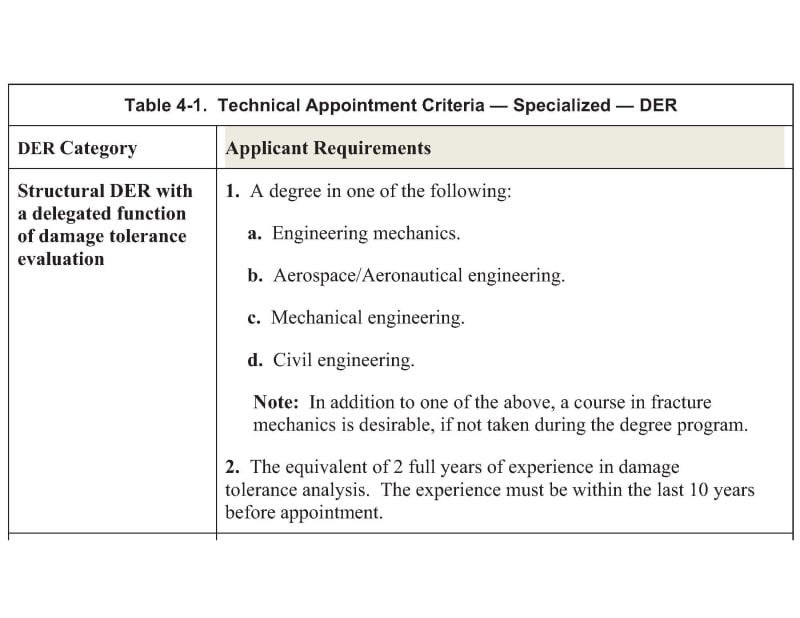SteveAero
Aerospace
- Apr 28, 2019
- 17
Hi,
Is there a general "rule of thumb" that addresses the amount of doubler repairs that are allowed on a fuselage skin, specifically for FAR23 a/c? Something like a density requirement. I know that some OEMs (FAR25) mandate a full stringer frame bay surrounding a 'significant' dent must be damage free. I wonder if the same would apply for doublers...?
Is there a general "rule of thumb" that addresses the amount of doubler repairs that are allowed on a fuselage skin, specifically for FAR23 a/c? Something like a density requirement. I know that some OEMs (FAR25) mandate a full stringer frame bay surrounding a 'significant' dent must be damage free. I wonder if the same would apply for doublers...?

